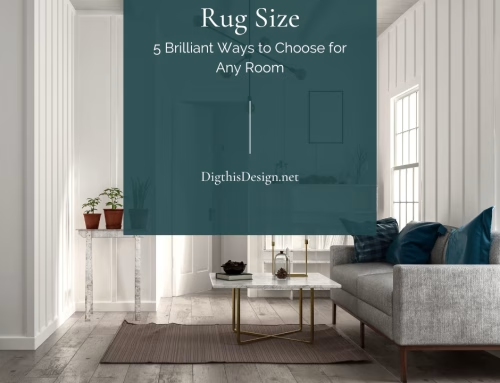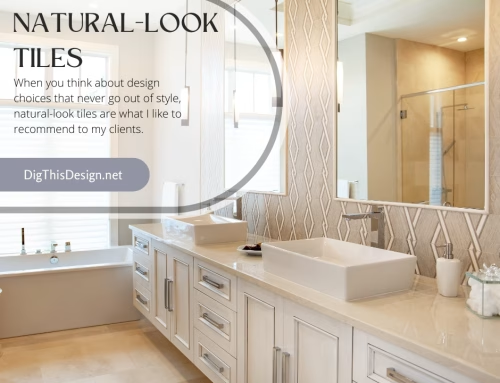Furniture can be expensive — and for good reason. In most homes, the use of furniture is consistent and often vigorous; heavy adults and energetic children flop, bash, bounce, slump, bonk, and slap furniture over the course of its lifetime. Furniture should be able to withstand that treatment while remaining comfortable and beautiful. Few people are interested in or capable of replacing their furniture several times in their lives. So most people are eager to invest in furniture that is made of durable materials and will remain sturdy.
This is especially true with outdoor furniture. Besides rough human treatment, outdoor furniture must also survive inclement weather, dirt and dust, pests, and more. Those who are eager to invest in outdoor furniture that will stand the test of time should consider finding deck and patio furniture made of the following materials, which are more likely to survive and thrive in the long term.
Most Durable Materials for Outdoor Furniture
Aluminum
Aluminum is easily among the best materials for outdoor furniture, and it is easy to understand why. This metal is extremely durable, but it is also exceedingly versatile. Thus, it is possible to find aluminum furniture in various fun shapes and styles. Also, aluminum is lightweight, so anyone can rearrange or store their aluminum furniture without significant effort. Unfortunately, aluminum can corrode, so it is important that outdoor furniture be powder coated to protect the metal from moisture and scratches that can weaken it and cheapen its appearance.
Wrought Iron
Wrought iron is thick, so it is often the first material people consider when looking for outdoor furniture. Indeed, the heavy metal will withstand most weather, from Arizona summers to Alaskan winters; wrought iron can last for decades, even centuries, with the proper care. However, wrought iron can be a tough material to use in an outdoor space. Exceedingly bulky, wrought iron is difficult to move around and usually uncomfortable to use without cushions and covers. The durability may surprise some who love the look of wrought iron furniture. However, wrought iron is not easily adapted to every style.
Stainless steel
An excellent alternative to aluminum and wrought iron is stainless steel. It is slightly heavier than the former, yet lighter and more manageable than the latter. Stainless steel is slightly more immune to corrosion than other metals used in outdoor furniture, though it is still wise to seek a powder coating for extra protection. Best of all, they produce most stainless steel from recycled metals, which makes it one of the most sustainable options for patio furniture.
Hardwoods
Wood is not always the best option for outdoor furniture. As an organic substance, wood is subject to pests and bacteria that can cause damage and decay. However, because wood is so warm and comfortable, many homeowners are keen to use wood in their outdoor spaces. That intent on buying wood furniture should be careful to invest only in pieces made from durable hardwoods. For example, teak and shorea, are more naturally resistant to pests and moisture and thus more likely to endure the outdoors for years on end. Still, hardwood furniture will require regular maintenance to prevent cracking and warping.
All-weather wicker
All-weather wicker is a synthetic alternative to natural wicker, which is thin reeds of a plant like bamboo, banana leaf, or seagrass that is woven together to become like other durable materials. Though natural wicker can be an excellent outdoor furniture material, all-weather wicker is even better. Made from high-density polyethylene resin, this material does not emit chemicals and can withstand continuous exposure to moisture and UV rays. While shopping for all-weather wicker, you should be careful to avoid patio furniture made from PVC. It might look similar but will become brittle in time, unlike real polyethylene resin.
Concrete
Solid concrete has a distinctive minimalist look that many appreciate in their outdoor spaces. Concrete has an exceedingly high compressive strength, meaning when stress pushes onto the material, it is unlikely to crack. Thus, large blocks of solid concrete make for long-lasting benches or pedestals for tables. However, concrete has a rather lousy tensile strength, meaning it can chip and crumble when pulled. Generally, those using concrete for outdoor furniture should recognize that it must remain in place or else risk damage and destruction to the furniture pieces and their surroundings.
Every material has advantages and disadvantages when used to make something as well-used as outdoor furniture. Everyone must consider their climate, their space, their budget, their style, and more before deciding about materials for furniture on their deck or patio.
Other Posts You Might Enjoy:
Planning Your Outdoor Kitchen Design
6 Tips to Create an Awesome Outdoor Living Space





